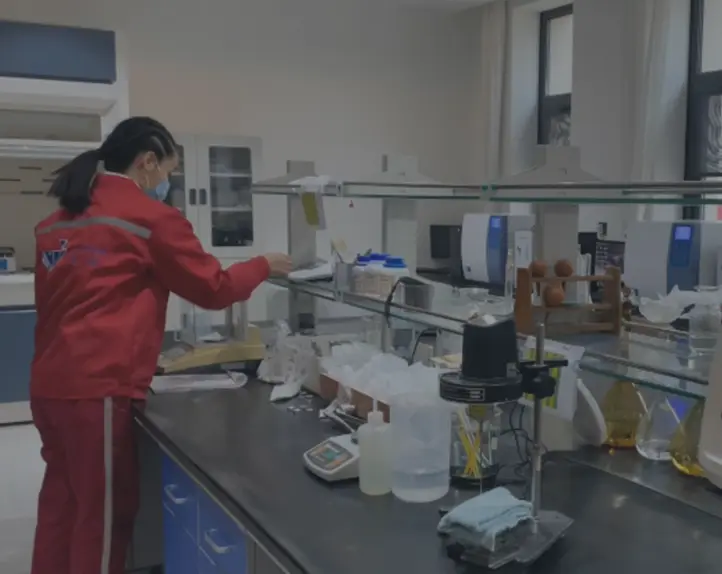
ספט . 09, 2024 17:16 Back to list
hydroxypropyl methyl cellulose manufacturer
Hydroxypropyl Methyl Cellulose An Overview of Manufacturing and Applications
Hydroxypropyl methyl cellulose (HPMC) is a cellulose ether derived from natural cellulose, widely utilized in various industrial applications due to its unique properties. As a manufacturer specializing in HPMC production, it’s essential to understand the processes involved, the quality standards maintained, and the wide array of applications served by this versatile compound.
Manufacturing Process
The production of hydroxypropyl methyl cellulose begins with the extraction of cellulose from plant sources such as wood pulp or cotton linters. This cellulose undergoes a series of chemical modifications, involving hydroxypropylation and methylation, to achieve the desired properties. The degree of substitution—how many hydroxyl groups in the cellulose have been replaced—plays a crucial role in determining the physical and chemical properties of the final product.
Temperature and pH are carefully controlled during the manufacturing process to ensure consistency and quality. A well-regulated environment not only enhances the efficiency of the chemical reactions but also ensures that the product meets the stringent quality standards set by international regulations. Manufacturers are expected to adhere to guidelines from bodies like the United States Pharmacopeia (USP) and the European Pharmacopoeia (EP), especially when HPMC is intended for pharmaceutical applications.
Quality Control
hydroxypropyl methyl cellulose manufacturer

Quality control is vital in HPMC manufacturing. Rigorous testing is employed at various stages of production to ensure that the product meets the required specifications, including viscosity, solubility, and purity. Modern manufacturers often utilize advanced analytical techniques like High-Performance Liquid Chromatography (HPLC) and Nuclear Magnetic Resonance (NMR) spectroscopy to monitor quality.
Applications of HPMC
Hydroxypropyl methyl cellulose is renowned for its multifunctional properties, making it suitable for a wide range of applications. In the construction industry, it is commonly used as a thickening agent in tile adhesives, mortars, and joint compounds, enhancing workability and water retention. In pharmaceuticals, HPMC serves as a binder and film-forming agent in tablets and controlled-release formulations, contributing to efficient drug delivery systems.
Additionally, HPMC is a vital ingredient in the food industry, where it acts as a thickener, stabilizer, and emulsifier. Its non-toxic, biodegradable nature aligns well with the growing consumer demand for eco-friendly products.
Conclusion
The versatility and efficacy of hydroxypropyl methyl cellulose make it a crucial component across various sectors, from pharmaceuticals to food production and construction. With a focus on quality during the manufacturing process, HPMC manufacturers can provide reliable and high-quality products that meet the diverse needs of their customers, promoting innovation and sustainability in industrial applications. Whether you are developing a new product or improving an existing one, HPMC stands as a reliable choice in enhancing functionality and performance.
-
Versatile Hpmc Uses in Different Industries
NewsJun.19,2025
-
Redispersible Powder's Role in Enhancing Durability of Construction Products
NewsJun.19,2025
-
Hydroxyethyl Cellulose Applications Driving Green Industrial Processes
NewsJun.19,2025
-
Exploring Different Redispersible Polymer Powder
NewsJun.19,2025
-
Choosing the Right Mortar Bonding Agent
NewsJun.19,2025
-
Applications and Significance of China Hpmc in Modern Industries
NewsJun.19,2025







